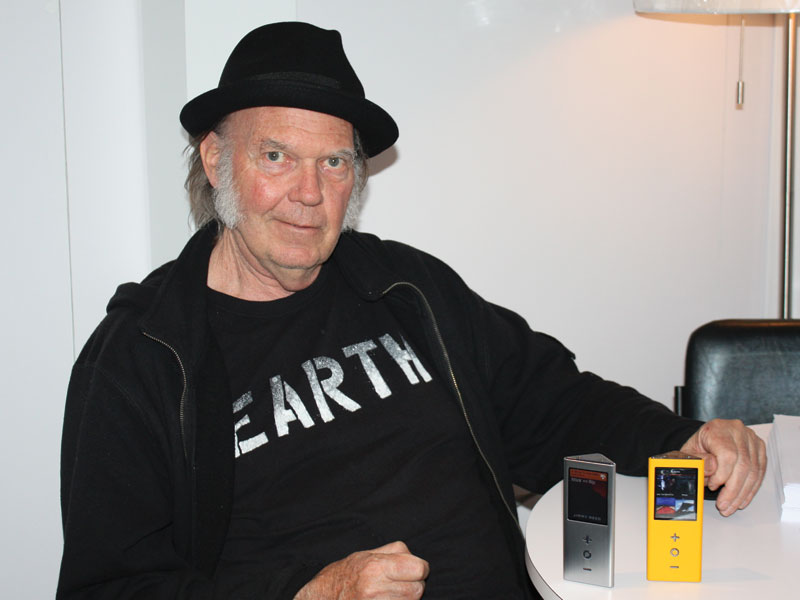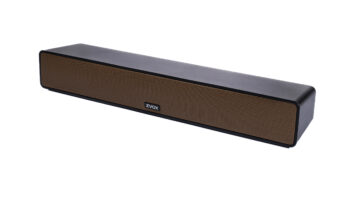
Las Vegas — Neil Young sat down with TWICE during International CES to answer a few questions about Pono, the process behind it and what lies ahead.
Someone on your team said Pono has been about a seven-year process from inception to product. Does that sound about right?
Yeah, it’s been a long time. It’s hard to say when it started to where we are now. But I think it’s like somewhere around 10 years. … I kept saying we gotta figure out a way to get things to sound good. I know I make them sound good by playing them on something I know sounds good, but their contraptions are very difficult to get to, and nobody can use them. They didn’t go in the direction they could have with Blu-ray and DVD audio, and they didn’t make it portable and small and easy. They made a lot of mistakes — they being everybody who decided to make DVD-A into something bigger, 5.1 or whatever it was. It became so cumbersome that no one wanted it. Housewives hated it. It was bad furniture.
Our machine is the mother of all formats. We’re not locked into anything. We’re making our technology diagrams and road maps available for people to use, and if they want to submit them to us, and we see what they did, we’ll certify them if they did it right. … We just want to raise the bar for music listening and make it available for anyone who wants to hear it. Some people think they don’t need it, and that’s OK.
Why did you decide to go with Kickstarter as the launchpad?
Well, we were out of money. (laughs) There are only five people in the company.
You didn’t want to go to private equity companies?
Oh, we went there. Nobody’s interested.
You were ahead of the curve. The industry has kind of caught up with you now.
High-res is now starting to get people’s attention. And now Pono means high-res audio, and that’s good. We want people to understand there’s a quality thing behind Pono. Not only do we playback right, but we supply the music. We have contacts with all the record companies, and we have the best that they have. And we’re constantly improving that. We’re pushing them, and we’re also going in through the artists. If the artists ask for it, the record companies want to give it to them. The record companies want to be able to support the artist, which is something the tech companies didn’t really want to do.
Do you see endorsements or licensing arrangements for speakers or equipment?
Speakers can be branded Pono. Anything that’s clean, anything that’s capable of playing back the signal, can be branded.
Any plans for subscription services?
That would be something we’ll get to down the road. We’re thinking about it. We’re thinking if the technology comes along that can stream.
Someone on your team mentioned your discussions with Steve Jobs early on to try to get Apple’s involvement. Was he open to this?
He was a consumer-orientated person. So when he said to me, “Neil, give me your files, and I’ll have my guys work on them, and we’ll see what we can do,” I said that wasn’t going to work. You’ve got to change your hardware. You can’t play it back through the DAC in the iPod. You won’t hear it. And he said, “Well, we’re a consumer company. That’s the difference.” And I said I remember when consumers used to have great quality. They were consumers. They bought records.
Do you consider Pono a consumer company?
Yes. I do. I consider Pono a mainstream consumer company. Not an audiophile product. I don’t view the audiophile market as a target. I view the music-loving market as a target.
Why isn’t this a company of recording artists — friends, peers, etc.?
We have investors who are recording artists. We don’t brag about them. They just want it, but they don’t want their business to be known. But there are major recording artists invested in Pono.
The full interview will be published in an upcoming print issue of TWICE.













